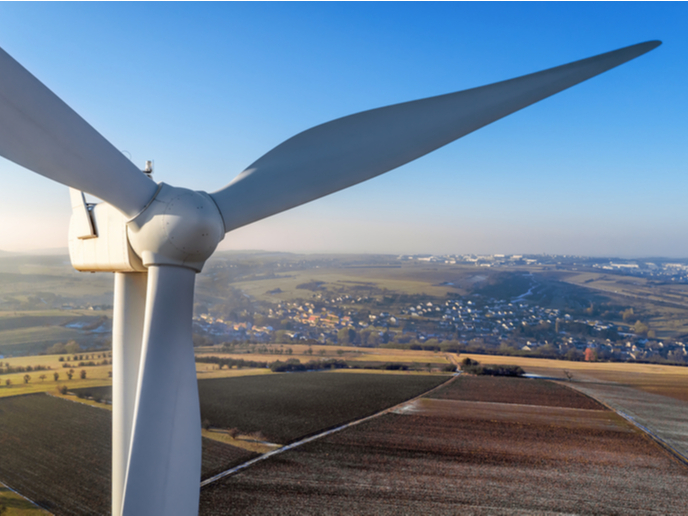Lighter wind blades for cheaper energy
Large wind-turbine blades of 60 to 100 metres are in high demand. They capture greater energy, which makes them more economically viable, particularly in offshore applications where wind energy is showing high growth. With this increase in the use of larger turbines, smaller wind turbine blades get phased out – larger turbines are more efficient and can lower the cost of energy production. “Doubling the blade length quadruples the energy captured,” says PowderBlade project coordinator, Tomas Flanagan. “This creates a huge challenge for those working in materials development, as lengthening a blade hugely increases its mass: doubling the length of the blade results in roughly an eightfold increase in weight.” Hence, reducing weight has become a top priority in blade design. The structural design of a blade is closely linked to the manufacturing method. Both must be considered when seeking to produce a cost-effective and reliable blade. The EU-funded PowderBlade(opens in new window) project set out to reduce the cost and weight of large wind blades and lower the cost of energy production. The project used Composite Powder Epoxy Technology (C-PET) as a novel solution to address the industrial challenges of making lighter, larger and more efficient wind blades.
Lower cost for a stronger blade
PowderBlade set out to use C-PET to maximise the strength of wind blades and so reduce the cost of their production by 20 %. The team tested C-PET-based composite laminates, and results showed that the powder epoxy materials offer many benefits, including better mechanical performance when compared to competing manufacturing processes. The project researchers also developed the design for a 60-metre carbon-glass hybrid blade that is lighter, thanks to the better mechanical properties of C-PET.
Swift production of a large blade
The PowderBlade team set out to reduce the time it takes to produce a large, 100-metre blade to within 24 hours by using powder epoxy and hybrid carbon-glass construction. They manufactured demonstrator parts using C-PET, with a cycle time of 6 hours for heating, curing and cooling down a thick laminate made using the powder epoxy material. They were able to show that a large blade can be produced in 8 hours, which is a great improvement over the industry standard of 24 hours.
Making a commercial product
In order to commercialise their manufacturing process and the products, the PowderBlade team developed the RivGen Power System(opens in new window), a helical marine turbine with carbon fibre blades and glass fibre struts. “The RivGen Power System is a big step forward for the future of sustainability,” explains Flanagan. The system has been installed in the Kvichak River at Igiugig, Alaska, to provide electricity to this remote community. “The short-term goal is to commercialise the innovative materials technology in a 60-metre blade, with the market and commercial validation of the technology then leading to utilisation of the technology in large blades up to 100 m in length,” Flanagan says. “Future plans are to research and develop the technology for applications in other sectors that include boats, cars, pressure vessels, composite bridges and even aerospace applications.”







